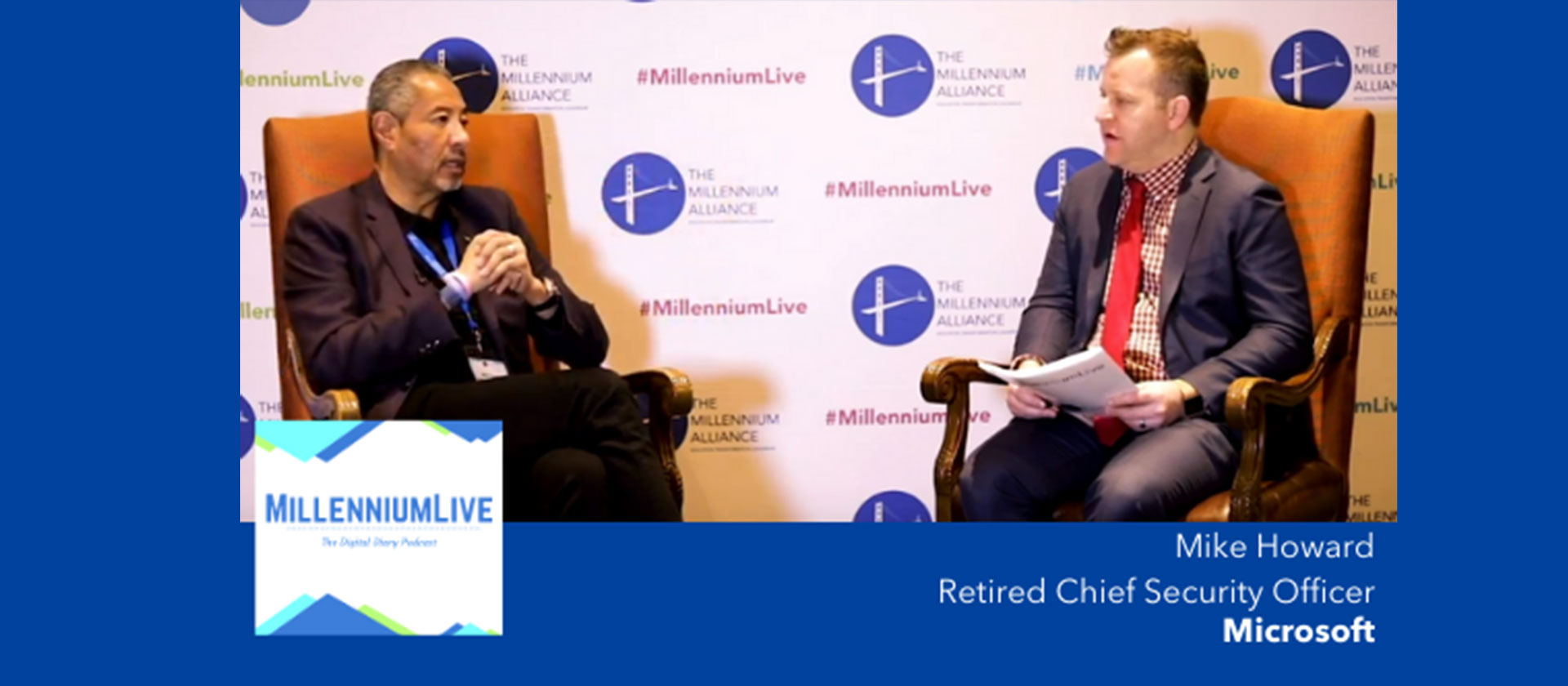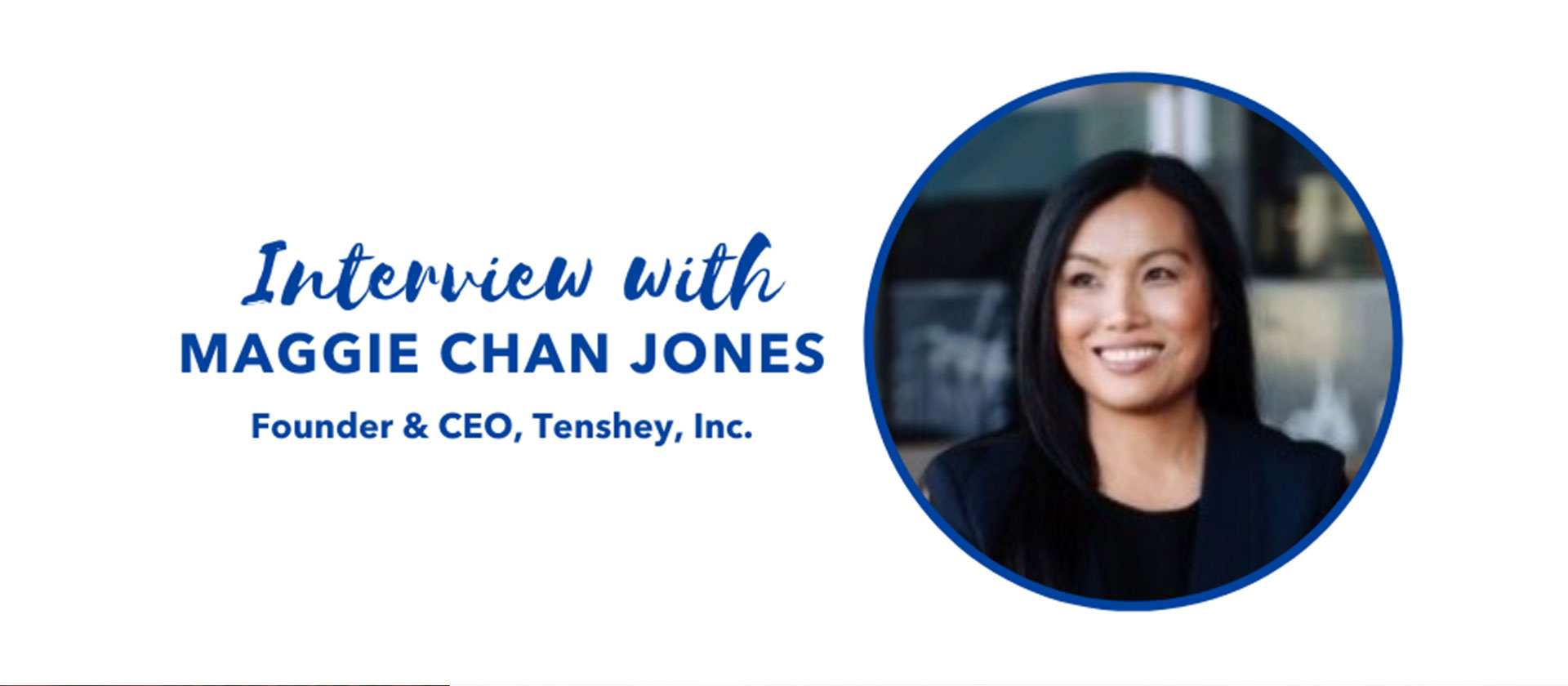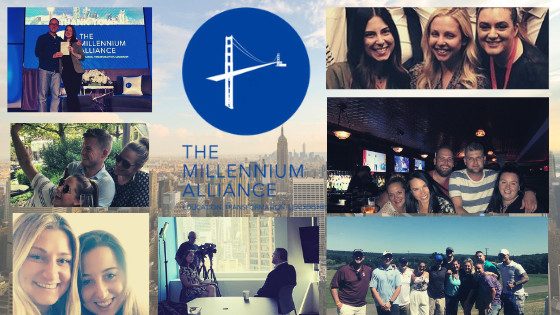Successful marketing leaders do not sit idly by to reach the top of their industry. These leaders are constantly learning to identify issues, assess situations and above all, keep group emotions in check. However, there are a couple of things that consistently top the list when it comes to being a great marketing leader, and it might not be what you expect.
So, what makes leaders successful in this highly competitive industry? They know how to get the most out of their downtime. According to Forbes, here are just 5 small things marketing leaders do past their work hours that gives them an extra boost.
1. Invest in Personal Enrichment
Successful marketing leaders recognize the importance of achieving a proper work-life balance. Even though it is easier said than done, these leaders allocate their time in order to optimize self-care in the midst of their busy work lives. Marketing leaders cultivate hobbies such as picking up painting or doing yoga and use those new activities as more than an outlet for stress.
These personally rewarding experiences and knowledge increase satisfaction at home and on the job, offering inspiration to innovate in the workplace.
2. They Keep a Vigilant Eye on Other Marketing Ads
When a marketing leader comes across a great ad or campaign, they cannot help but become excited over a job well done. Successful marketing leaders appreciate great ads and will take away something from the experience to pass on to their teams in hopes of implementing such tactic into their own campaigns.
It is the role of marketing to champion the voice of the customer and to share market insights that lead the company, so it is important for a marketing leader to keep an eye out for ads that are shaking up the industry.
3. They Listen to Podcasts
For example, Christopher Penn and John Wall run the podcast “Marketing Over Coffee,” and they discuss the latest trends and practices in the industry. Successful marketing leaders are always up-to-date on the trends impacting the industry, and listening to such podcasts offers a small educational break to renew motivation and inspiration while at work.
4. They Revisit Goals and Reward Self-Success
Marketing leaders may have achieved their dream of having their own team to manage, but that does not mean they are done with climbing the ladder or designing their own future success. They continually identify the importance of returning to and revising both bigger and smaller goals to trace where they were to where they are and where they want to go.
Moroever, what you think of your own success matters to how you apply yourself to your career moving forward. Celebrating milestones and small wins with personal rewards will keep you motivated in your career, and help you strive to become a better version of yourself.
5. They Maintain an Exercise Routine
The most successful professionals maintain a regular exercise routine, and successful marketing leaders recognize the merits of balancing the mind and body. When you exercise regularly and stick with it, it is proven that an individual works smarter, harder and better. With regular exercise, you strive to be your best self, and that will eventually start reflecting in your work.
Although this may seem like a short list, you have to keep in mind that these are only 5 things a marketer can do to improve their performance this year. With the marketing function getting more complex, the role of the C-suite is evolving to play a more strategic role and is becoming more and more interesting. Therefore, it is time to listen to advice and become a better marketer.
ABOUT THE TRANSFORMATIONAL CMO EAST ASSEMBLY
Digital marketing is a fast, dynamic landscape and for marketers to keep ahead of their  competition, boosting brand awareness and sales they need to keep up to date with current trends, technologies, and strategies. Differentiating yourself and maintaining trust in the ever-changing marketing world seems to be getting easier, but only to those who are willing to adapt to the rapid-fire marketing. The more you can plan ahead, the better equipped you as an executive will feel in managing those changes when they happen.
competition, boosting brand awareness and sales they need to keep up to date with current trends, technologies, and strategies. Differentiating yourself and maintaining trust in the ever-changing marketing world seems to be getting easier, but only to those who are willing to adapt to the rapid-fire marketing. The more you can plan ahead, the better equipped you as an executive will feel in managing those changes when they happen.
In May of 2019, the Transformational CMO East Assembly is a unique event that challenges our attendees to learn how to anticipate what’s next for the highly complex marketing environment that has emerged throughout the year through a series of executive education roundtables, keynote presentations, collaborative and educational workshops, and networking sessions with leading industry experts and our coveted advisory board over the course of 2 days.
You can say this is one of the most exclusive events of 2019, and spaces are reserved for the best in the business. If you’re a CMO looking to stay one step ahead of the digital world, reserve your seat today >
Are you a CMO interested in attending this event? Enquire here today to find out if you qualify for Millennium Membership >>
Download your copy of the sponsorship prospectus to see if you are eligible to sponsor this event >>


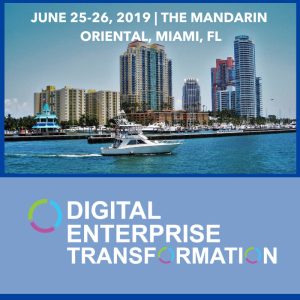
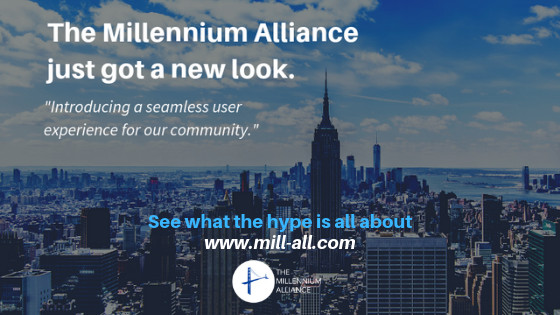


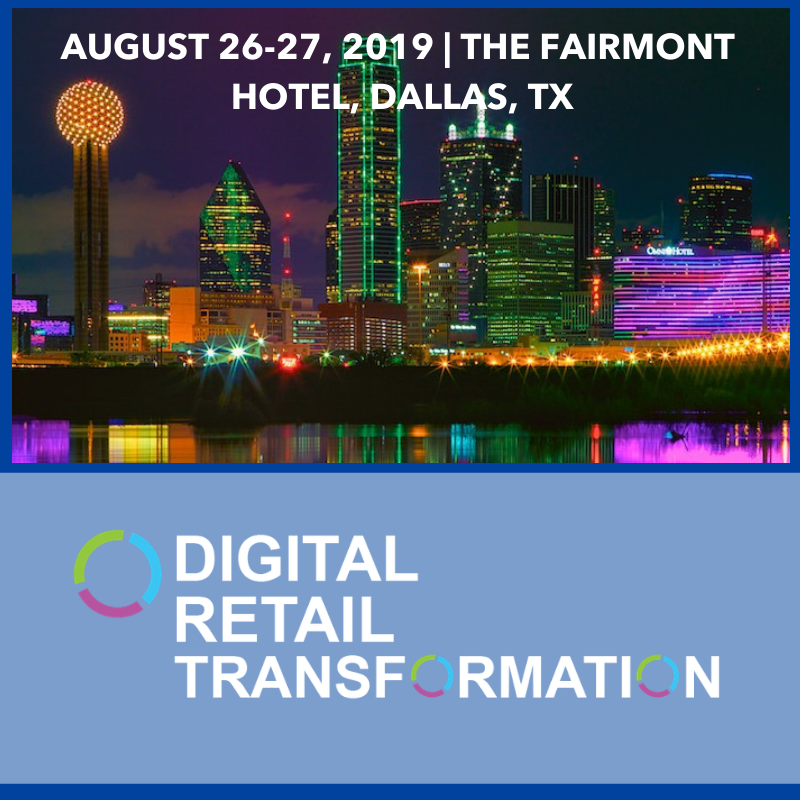 Dallas in August to anticipate the highly complex digital retail environment that will develop over the next few years.
Dallas in August to anticipate the highly complex digital retail environment that will develop over the next few years.